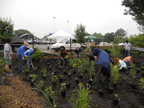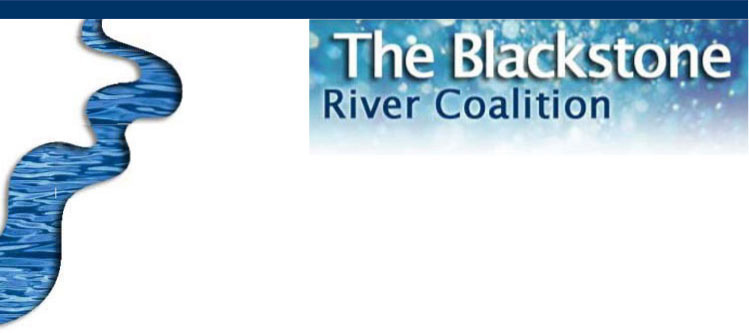 Water Quality
Water Quality |
Access the River |
Fishing Hazard |
Blackstone River Alert


Rain Gardens to the Rescue!


Water Quality
The water quality of the Blackstone River, though impoverished by over a century of industrial pollution, has made a comeback due to federally mandated clean water standards starting in the 1970's. Local cleanup initiatives are not sufficient, however, to remedy residual industrial-related conditions, such as toxic sediment buildup behind dams. Environmental remediation at the federal level needs to include supporting land use decisions made at the local level. Non-point source pollution (runoff from many sources) from development occurs when excavations are conducted without proper sediment containment, where there is excessive stormwater runoff, and when certain landscaping maintenance practices are used. Both surface and groundwater are affected by non-point source pollution.
To learn more about the water quality in the Massachusetts section of the watershed you can read MA DEP's Blackstone Water Quality Assessment Report. To learn about the water quality in the Rhode Island section of the watershed you can read Rhode Island Department of Environmental Management's Report.
Fishing in the Blackstone River
The Blackstone River has come a long way, but, it is still not considered safe to swim in the River or to consume fish from the River. However, it is safe for canoeing and kayaking. Many individuals, groups, and organizations are working to improve the water quality of the river and to improve its rating to a class B river.
 Blackstone River Coalition
Blackstone River Coalition
P.O. Box 70477 Worcester MA 01607
info@zaptheblackstone.org
Send web comments to: web@zaptheblackstone.org














 Blackstone River Coalition
Blackstone River Coalition